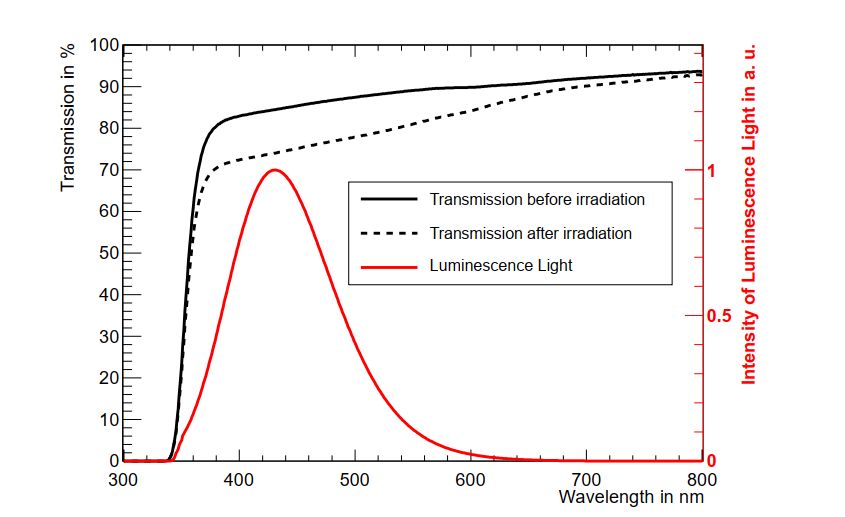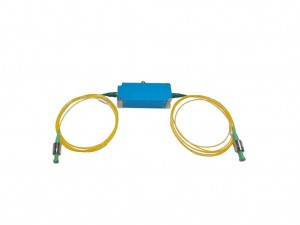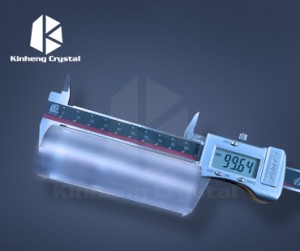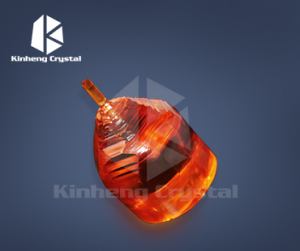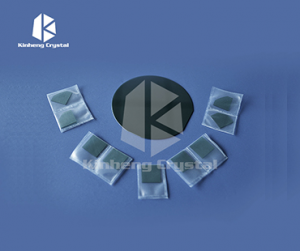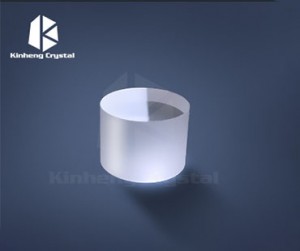PbWO₄ Scintillator, Pwo Crystal, Pbwo4 Crystal, Pwo Scintillator
Advantage
● Good stopping power
● High density
● High irradiation intensity
● Fast decay time
Application
● Positron Emission Tomography (PET)
● High energy space physics
● High energy nuclear
● Nuclear medicine
Properties
| Density(g/cm3) |
8.28 |
| Atomic Number (Effective) |
73 |
| Radiation Length(cm) |
0.92 |
| Decay Time(ns) |
6/30 |
| Wavelength (Max. Emission) |
440/530 |
| Photoelectron Yield % of NaI(Tl) |
0.5 |
| Melting Point(°C) |
1123 |
| Hardness (Mho) |
4 |
| Refractive Index |
2.16 |
| Hygroscopic |
No |
| Thermal Expansion Coeff.( C⁻¹) |
10.0 x 10‾⁶ |
| Cleavage Plane |
(101) |
Product Description
Lead tungstate (PbWO₄/PWO) is a scintillation crystal commonly used in high-energy physics experiments as well as in medical imaging applications such as PET (positron emission tomography) and CT (computed tomography) scanners. One of the key properties of PWO, it has high density, which allows PWO to absorb gamma rays more efficiently than other scintillation crystals. In turn, this results in a higher signal-to-noise ratio and better radiation detection resolution. PWO crystals are also known for their fast response times, which makes them suitable for high speed data acquisition systems.
They are also resistant to radiation damage and long-term stability, making them a reliable choice for harsh environment applications. However, the relatively low light output of PWO crystals compared with other scintillation materials limits their sensitivity in some applications. Crystals are typically grown using the Czochralski method and can be molded into various forms depending on the application. PWO scintillator crystals have the following issues which should be noted: PWO has relatively low light output. They are intrinsically radioactive making it unacceptable for some applications. They are susceptible to radiation damage. StarTting with doses between 1 and 10 Gray (10² - 10³ rad). And reversible with time or annealing.
Transmission of PWO
